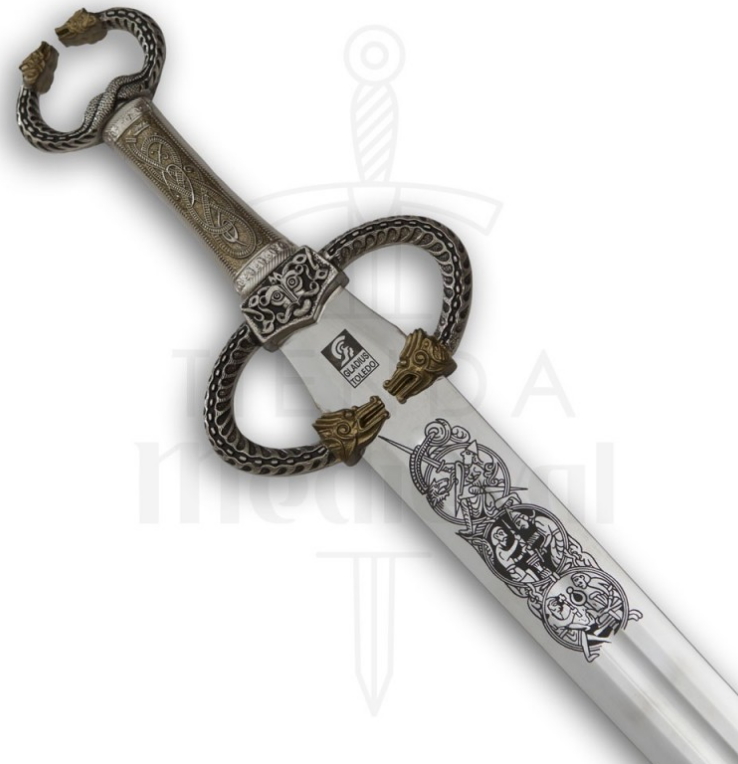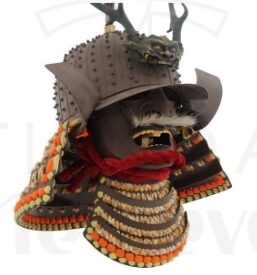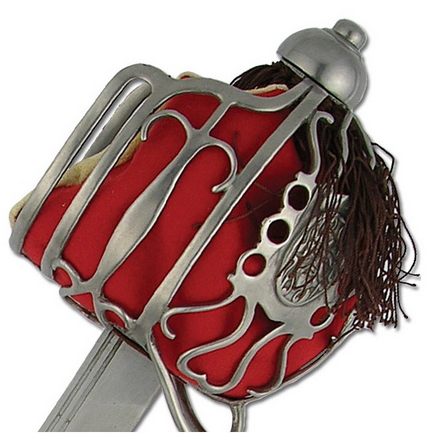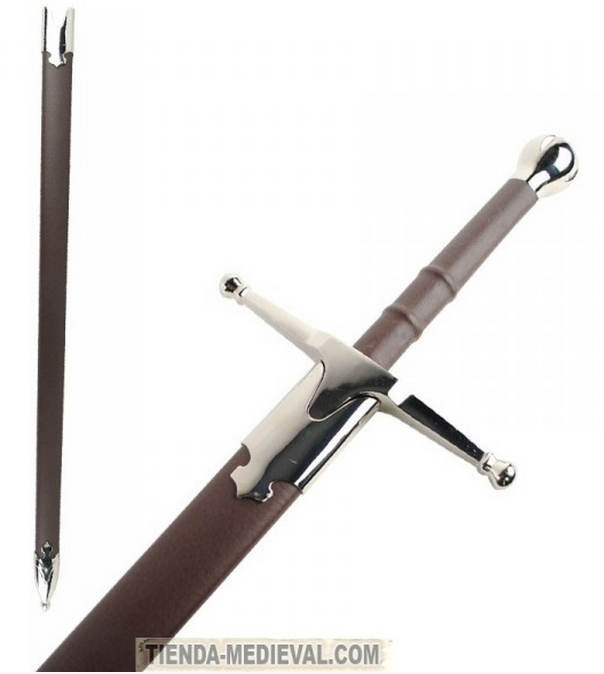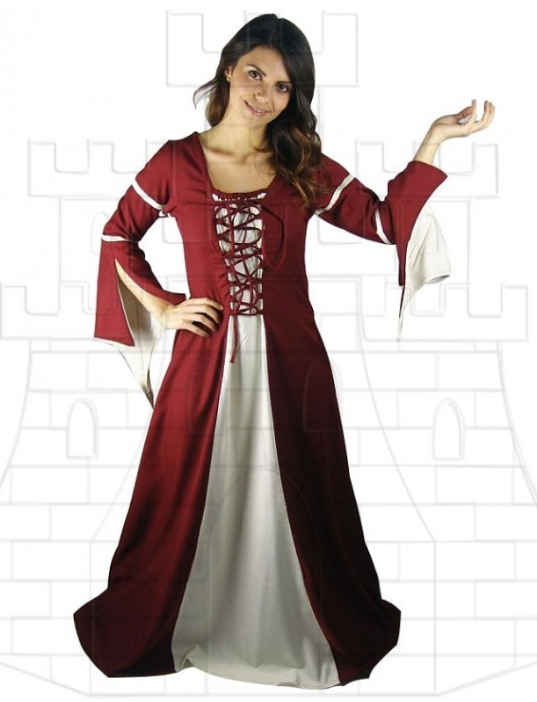The Celtic people, one of the largest and most warlike people of Europe, came, according to some writings, from Asia and other area of Greece. The Celts loved the culture and because of defense issues they came to create art of the war. They lived in clans, consolidating marriages between them, to create groups loyal to the same Lord, like in Scotland. They learned to sail, to move and defend their territory from the Vikings.
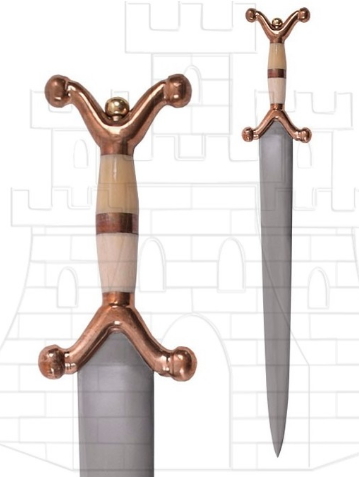
From about 800 B.C., Indo-European groups begin to migrate to the Iberian Peninsula, commonly called Celts, from Central Europe. They reached the Peninsula before the Greeks and, in contact with the Iberians, developed a unique cultural fusion.
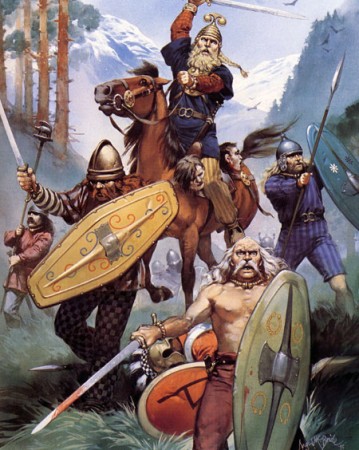
In ancient times, the Celts were the masters of metal and this was reflected in their high quality weapons. The Romans adopted from them many weapons, from Gallic helmets to Celtiberian swords and the chain mail.
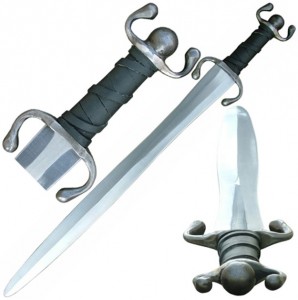
The last vestiges of Celtic peoples of the Hallstatt culture settled in the center of the Iberian Peninsula, in Galicia, León and Asturias. they tended to use short swords, daggers, horseshoe knives and antennae swords.
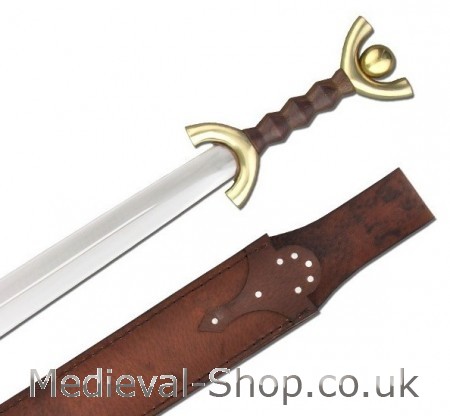
Espada Celta antenas funcional
- Tumulus.- In this period of the Bronze Age swords were short and made in broze; they used to be triangular and decorated with Celtic spirals.
- Iron Age, first period.- Iron swords with bronze tang and scabbard.
- Iron Age, second period.- Scabbard with no handle, just a flange attached to its body.
- Iron Age, third period.- The scabbard incorporates an iron crossbar and the tip of the blade is rounded.
The Celtic Iron Age Swords were quite long in contrast to the small size of the ones in the Bronze Age. In their struggle with the Romans, the historians of the time, like Polybius, described the fragility of the Celtic swords in battle…
“the swords of the Celtic warriors were twisted or folded and they had to be straighten with the foot. This happened because the iron was bad tempered, which was the only drawback this weapons had.”
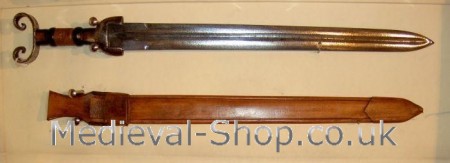
Celtic sword with aged endings
In the Celtic sword from Tene, a town on Lake Neuchatel in Switzerland, carved ornaments abound in the scabbards. In its decoration predominate geometric spirals, circles, etc.
